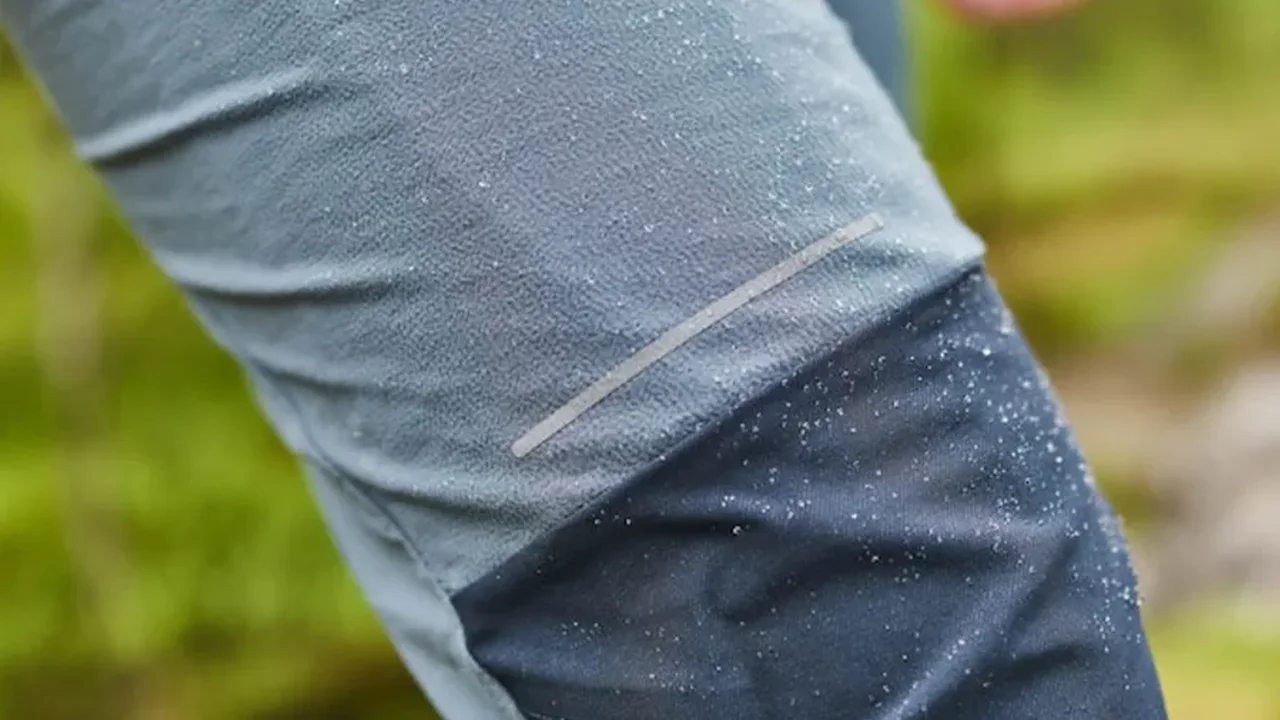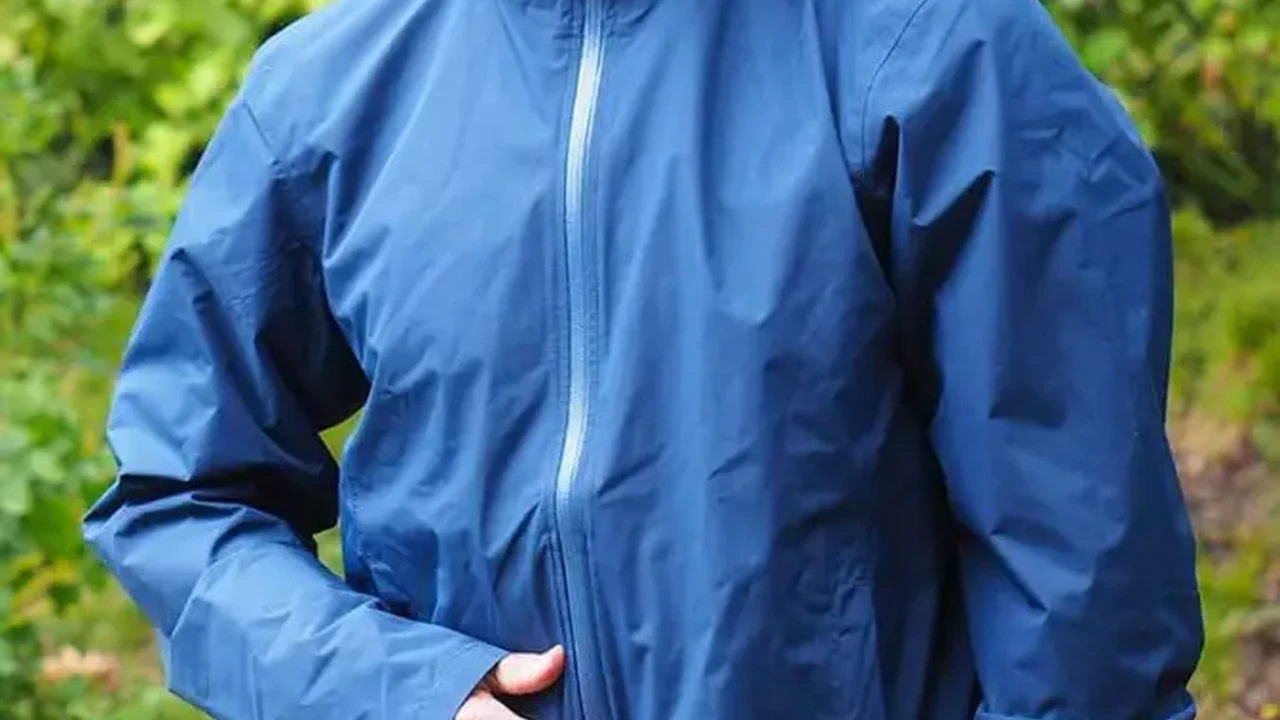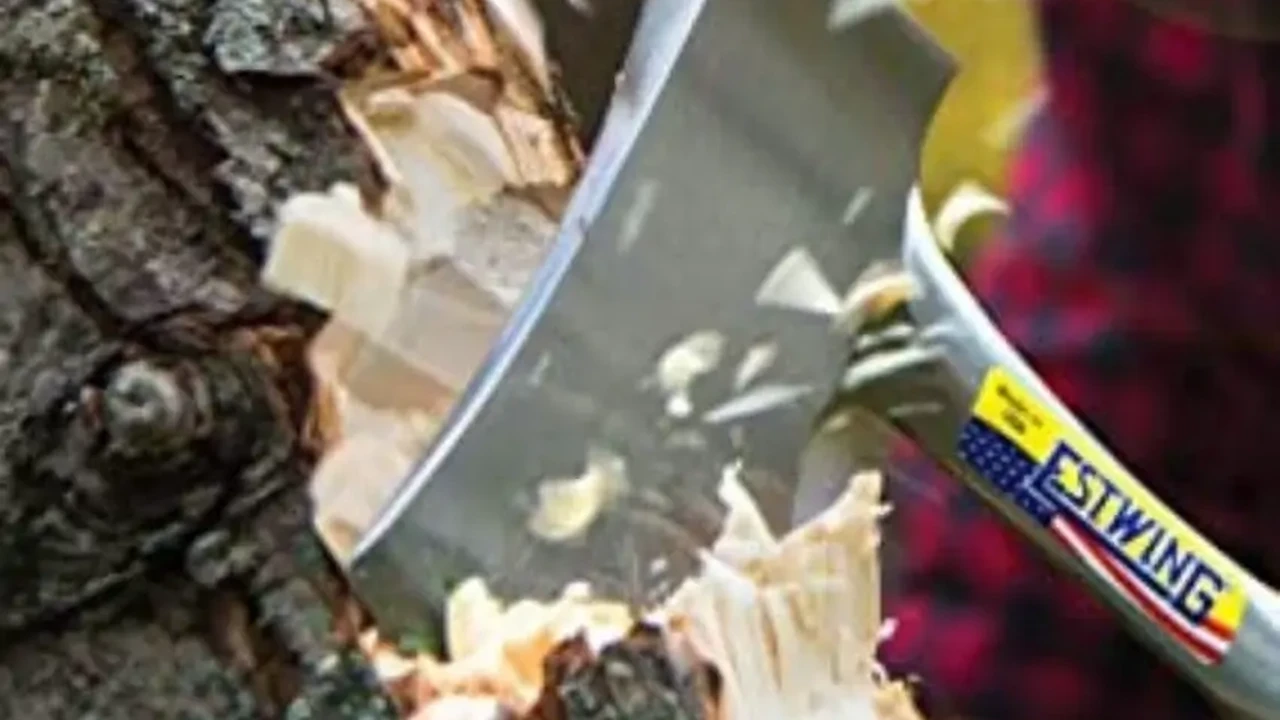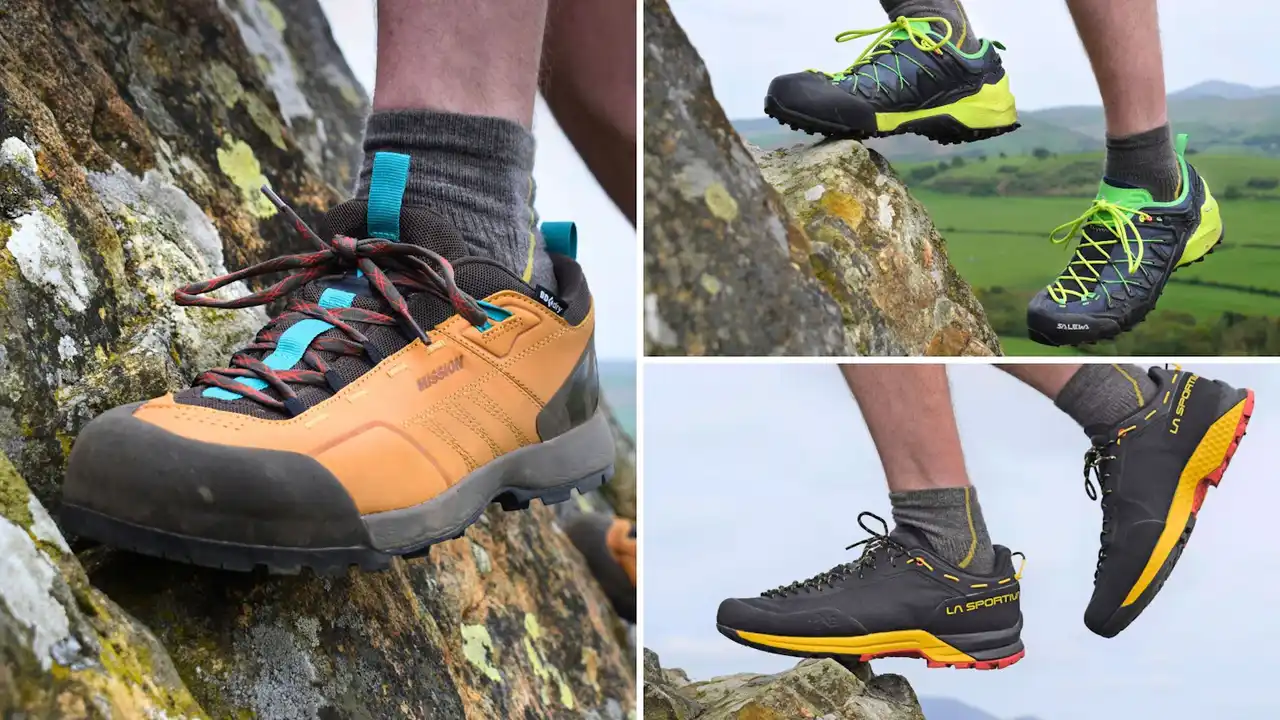Best Rescue and Rappel Devices for Emergencies
Be prepared with the best rescue and rappel devices for emergencies. Review functionality, ease of use, and safety features for critical situations.
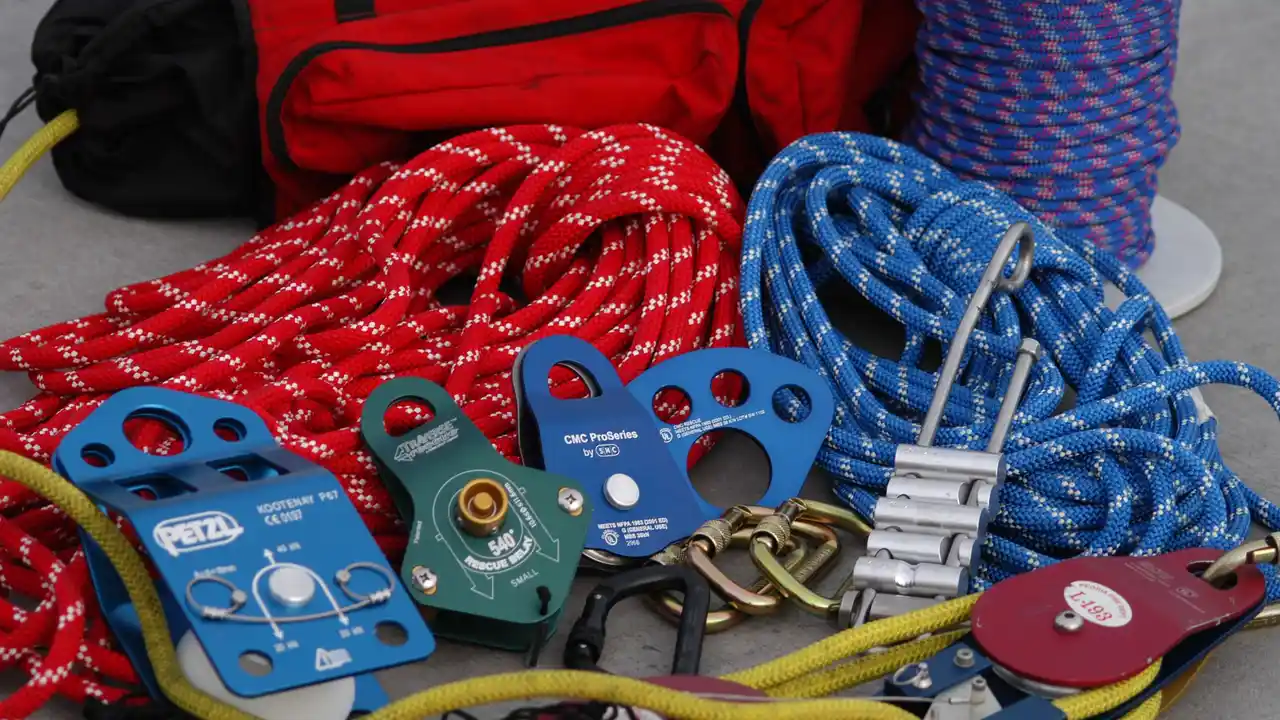
Best Rescue and Rappel Devices for Emergencies
When you're out in the wilderness, whether climbing, mountaineering, or even just hiking in challenging terrain, being prepared for the unexpected is paramount. Accidents happen, and knowing you have the right rescue and rappel devices can be the difference between a minor inconvenience and a life-threatening situation. This comprehensive guide will delve into the world of these essential tools, helping you understand their functionality, ease of use, and crucial safety features. We'll also recommend specific products, discuss their ideal use cases, compare different models, and provide pricing information to help you make an informed decision.
Understanding Rescue and Rappel Device Fundamentals
Before we dive into specific products, let's establish a foundational understanding of what rescue and rappel devices are and why they're so vital. Essentially, these are mechanical devices designed to control the descent of a person or load using a rope. While their primary function is often rappelling (controlled descent), many also serve critical roles in rescue scenarios, allowing for raising, lowering, or hauling injured individuals or gear.
Key Features and Functionality of Rescue Devices
The core functionality of these devices revolves around friction. By creating friction on the rope, they allow a user to control their speed of descent. Different designs achieve this in various ways, leading to distinct advantages and disadvantages. Key features to consider include:
- Braking Assistance: Some devices offer assisted braking, meaning they automatically or semi-automatically lock up when a certain amount of force is applied, making them safer and easier to use, especially for beginners or in rescue situations.
- Rope Compatibility: Devices are designed for specific rope diameters. Using a rope that is too thin or too thick can compromise safety and functionality.
- Ease of Use: How intuitive is the device to set up and operate? In an emergency, simplicity can be a lifesaver.
- Versatility: Can the device be used for both rappelling and belaying? What about hauling systems?
- Durability and Material: Most are made from high-strength aluminum alloys, but variations exist. Consider the expected wear and tear.
- Weight and Size: Especially for mountaineering or multi-day trips, every ounce counts.
Types of Rescue and Rappel Devices for Outdoor Enthusiasts
There's a wide array of devices available, each with its strengths. Let's explore the most common types you'll encounter.
ATC Style Devices for Versatile Rappelling and Belaying
The ATC (Air Traffic Controller) is perhaps the most ubiquitous and fundamental belay and rappel device. It's simple, lightweight, and highly versatile. It works by creating friction as the rope passes through its slots. Many ATCs also feature a 'guide mode' for belaying a second climber from above.
Recommended ATC Devices and Their Applications
-
Black Diamond ATC-XP:
Description: A classic and reliable choice, the ATC-XP offers two friction modes for varying rope diameters and descent speeds. It's lightweight and durable, making it a staple for climbers and mountaineers.
Use Case: Ideal for general climbing, rappelling, and belaying. Its versatility makes it a great all-around device for sport climbing, trad climbing, and even some mountaineering applications.
Comparison: Simpler and lighter than assisted-braking devices, requiring more active braking from the user. More versatile than a figure-8 for belaying.
Price: Approximately $20 - $25 USD
-
Petzl Reverso 4:
Description: The Reverso 4 is a multi-purpose belay and rappel device with a V-shaped friction channel that provides excellent braking control. It's particularly known for its efficient guide mode for bringing up one or two seconding climbers.
Use Case: Excellent for multi-pitch climbing, mountaineering, and guiding. Its guide mode is a significant advantage for teams.
Comparison: Offers more sophisticated braking and guide mode than a basic ATC, but is slightly heavier and more complex.
Price: Approximately $35 - $45 USD
Assisted Braking Devices for Enhanced Safety and Control
Assisted braking devices (ABDs) are designed to provide an extra layer of safety by automatically or semi-automatically locking the rope when a sudden load is applied (like a fall). This significantly reduces the effort required by the belayer and adds a crucial safety margin.
Top Assisted Braking Devices for Climbing and Rescue
-
Petzl Grigri (Grigri+, Grigri 2, Grigri):
Description: The Grigri is the industry standard for assisted braking devices. It uses a camming mechanism that pivots to pinch the rope when a fall occurs. The Grigri+ offers an anti-panic function and a choice of belay modes (top-roping or lead climbing).
Use Case: Primarily used for belaying lead climbers and top-roping. Can also be used for rappelling, though it requires a specific technique and is generally slower than an ATC. Excellent for gym climbing and sport climbing.
Comparison: Provides superior safety and ease of belaying compared to ATCs, especially for heavier climbers or long hangs. Heavier and more expensive than ATCs.
Price: Grigri: ~$100 - $120 USD; Grigri+: ~$130 - $150 USD
-
Mammut Smart 2.0:
Description: A lightweight and compact assisted braking device that works on a different principle than the Grigri, using a magnetic field to assist in braking. It's known for its smooth handling and intuitive operation.
Use Case: Great for sport climbing and general belaying. Its compact size makes it a good option for those looking for a lighter ABD.
Comparison: Lighter and often more affordable than the Grigri, with a different feel for braking. Some users find it more intuitive for paying out slack.
Price: Approximately $40 - $50 USD
-
Edelrid Mega Jul:
Description: A versatile assisted braking device that can be used for belaying, rappelling, and even as a guide mode device. It's very compact and lightweight, making it popular among trad climbers and mountaineers.
Use Case: Excellent for multi-pitch climbing, trad climbing, and mountaineering due to its versatility and light weight. Can be used for rappelling with a specific technique.
Comparison: Offers the versatility of an ATC with assisted braking capabilities, making it a strong contender for all-around use. Can be a bit finicky to master the belay technique initially.
Price: Approximately $45 - $55 USD
Figure-8 Descenders for Heavy Duty Rappelling and Rescue Operations
The figure-8 descender is a classic and robust device, particularly well-suited for heavy loads, thick ropes, and rapid descents. While less common for belaying in modern climbing, it remains a valuable tool for specific rescue scenarios and canyoneering.
Best Figure-8 Devices for Specific Rescue Needs
-
Petzl Pirana:
Description: A modern take on the figure-8, the Pirana is designed specifically for canyoneering. It offers multiple braking positions to adjust friction based on rope diameter and conditions, and a 'locking' position for hands-free stops.
Use Case: Primarily for canyoneering and water-based rappelling where quick, controlled descents are needed and ropes may be wet or muddy.
Comparison: More specialized than a traditional figure-8, with enhanced friction control and locking capabilities. Not ideal for belaying.
Price: Approximately $40 - $50 USD
-
Black Diamond Super 8:
Description: A classic, simple, and durable figure-8 descender. It's straightforward to use and provides a smooth descent.
Use Case: General rappelling, especially with thicker ropes or when a simple, robust device is preferred. Can be used in rescue scenarios for lowering heavy loads.
Comparison: Simpler and more robust than ATCs for pure rappelling, but lacks belaying capabilities and assisted braking.
Price: Approximately $15 - $20 USD
Specialized Rescue and Hauling Devices for Advanced Scenarios
Beyond the common belay/rappel devices, there are specialized tools designed for more complex rescue and hauling operations, often involving mechanical advantage systems.
Pulleys and Progress Capture Devices for Efficient Hauling
Pulleys reduce friction in hauling systems, making it easier to lift heavy loads. Progress capture devices (like ascenders or specialized pulleys) prevent the rope from slipping backward, holding the load in place.
Recommended Pulleys and Progress Capture Devices
-
Petzl Micro Traxion:
Description: A compact and highly efficient progress capture pulley. It has a cam that engages the rope to prevent back-slipping, making it excellent for creating hauling systems or self-rescue.
Use Case: Building Z-drags or other mechanical advantage systems for hauling injured climbers, raising gear, or self-rescue from a crevasse.
Comparison: Much more efficient than using a Prusik knot for progress capture. Lighter and more compact than larger rescue pulleys.
Price: Approximately $80 - $90 USD
-
Petzl Pro Traxion:
Description: A larger, more robust version of the Micro Traxion, designed for heavier loads and more frequent use. It has a larger sheave for even greater efficiency.
Use Case: Professional rescue, heavy-duty hauling, and situations where maximum efficiency is required.
Comparison: Offers superior efficiency and durability compared to the Micro Traxion, but is heavier and more expensive.
Price: Approximately $150 - $170 USD
-
Black Diamond Mini Traxion:
Description: Similar to the Petzl Micro Traxion, this is a compact and lightweight progress capture pulley from Black Diamond, offering good efficiency for rescue systems.
Use Case: Personal rescue kits, crevasse rescue, and light hauling systems.
Comparison: A direct competitor to the Petzl Micro Traxion, offering similar functionality and performance.
Price: Approximately $75 - $85 USD
Ascenders for Rope Ascent and Hauling Systems
Ascenders are devices that grip the rope in one direction, allowing a climber to ascend a fixed rope or to be part of a hauling system. They are crucial for self-rescue and technical rope access.
Leading Ascender Models for Mountaineering and Rescue
-
Petzl Ascension (Handled Ascender):
Description: A classic handled ascender, designed for comfortable and efficient rope ascent. It has an ergonomic handle and a toothed cam that grips the rope.
Use Case: Ascending fixed ropes, creating hauling systems, and as part of a crevasse rescue kit.
Comparison: More comfortable for long ascents than chest ascenders or mechanical prusiks. Essential for self-rescue from a crevasse.
Price: Approximately $70 - $80 USD
-
Petzl Basic (Chest Ascender):
Description: A compact and lightweight chest ascender, often used in conjunction with a handled ascender for efficient rope ascent.
Use Case: Part of a two-ascender system for rope ascent, or as a progress capture device in hauling systems.
Comparison: Smaller and lighter than handled ascenders, but less comfortable for primary ascent. Crucial for efficient rope climbing.
Price: Approximately $60 - $70 USD
Essential Safety Features and Considerations for Rescue Devices
No matter which device you choose, understanding and prioritizing safety features is non-negotiable. Your life, and potentially the lives of others, depends on it.
Understanding Rope Compatibility and Device Limitations
Every device has a specified range of rope diameters it's designed to work with. Using a rope outside this range can lead to insufficient friction (too thin) or the rope getting jammed (too thick). Always check the manufacturer's specifications.
Proper Use and Training for Emergency Scenarios
Owning the gear is only half the battle. Proper training is absolutely critical. This includes:
- Formal Instruction: Take a certified climbing or rescue course. Learning from experienced instructors is invaluable.
- Practice: Regularly practice setting up and using your devices in a controlled environment. Muscle memory is key in high-stress situations.
- Understanding Systems: Rescue often involves complex systems (e.g., mechanical advantage). Understand how each component interacts.
- Redundancy: In critical systems, having backup points or methods is a good practice.
Maintenance and Inspection of Your Rescue Gear
Your gear is only as good as its condition. Regular inspection and proper maintenance are vital:
- Visual Inspection: Before and after every use, check for cracks, burrs, sharp edges, excessive wear, or deformation.
- Cleanliness: Keep your devices clean. Dirt, sand, or grit can accelerate wear and reduce performance.
- Storage: Store devices in a dry place, away from direct sunlight, chemicals, and extreme temperatures.
- Retirement: If a device shows significant wear, has been involved in a major fall, or has been exposed to chemicals or extreme heat, retire it immediately. When in doubt, retire it.
Choosing the Right Rescue and Rappel Device for Your Adventures
The 'best' device depends entirely on your specific needs, the type of activity you're doing, and your skill level. Here's a breakdown to help you decide.
Consider Your Activity Type: Climbing, Mountaineering, Canyoneering
- Sport Climbing: A Grigri or similar assisted braking device is highly recommended for belaying due to its safety features. An ATC can be a good backup or for rappelling.
- Trad Climbing/Multi-pitch: A Petzl Reverso or Edelrid Mega Jul offers versatility for belaying from above and rappelling. An assisted braking device can still be useful for the lead belayer.
- Mountaineering/Alpine Climbing: Lightweight and versatile devices are key. An ATC or Edelrid Mega Jul, combined with a Micro Traxion and a handled ascender for crevasse rescue, forms a solid kit.
- Canyoneering: Devices like the Petzl Pirana are specifically designed for wet, often muddy, rope conditions and offer adjustable friction.
Skill Level and Experience with Rescue Techniques
Beginners should start with simpler devices and always seek professional instruction. Assisted braking devices can provide an extra margin of safety for those still learning the ropes. As you gain experience, you might explore more versatile or specialized tools.
Budgeting for Essential Safety Equipment
While price is a factor, safety should never be compromised. Think of these devices as an investment in your well-being. Often, a slightly more expensive, higher-quality device will offer better performance, durability, and peace of mind. Look for reputable brands with a proven track record in safety.
Real-World Scenarios and Device Application
Let's consider a few practical examples of how these devices come into play.
Self-Rescue from a Crevasse: A Mountaineering Essential
Imagine you're on a glacier, and a team member falls into a crevasse. A self-rescue scenario often involves building a Z-drag or other mechanical advantage system. This is where devices like the Petzl Micro Traxion (for progress capture) and Petzl Ascension (for ascending the rope) become indispensable. The belayer would use their belay device (e.g., Reverso or ATC) to manage the rope, while the rescue system is built to haul the fallen climber out.
Lowering an Injured Climber on a Multi-Pitch Route
If a climber is injured mid-pitch and cannot continue, you might need to lower them. A device like the Petzl Reverso in guide mode can be adapted for lowering, or a Grigri can be used for a controlled descent. Understanding how to transition from belay to lower, and how to manage friction, is critical. This often involves using a Munter hitch as a backup or a friction hitch like a Prusik.
Emergency Rappel with Damaged Rope or Limited Gear
Sometimes, you might find yourself in a situation where your primary rappel device is lost or damaged, or you need to rappel on a single strand of rope. Knowing how to improvise a rappel using a Munter hitch (with a large, locking carabiner) or even a body rappel can be a life-saving skill. While not ideal for regular use, these techniques are part of a comprehensive rescue skillset.
Ultimately, the best rescue and rappel device is the one you know how to use proficiently and trust implicitly. Invest in quality gear, commit to continuous learning, and practice your skills regularly. Your preparedness is your greatest asset in the unpredictable world of outdoor adventures.
:max_bytes(150000):strip_icc()/277019-baked-pork-chops-with-cream-of-mushroom-soup-DDMFS-beauty-4x3-BG-7505-5762b731cf30447d9cbbbbbf387beafa.jpg)



